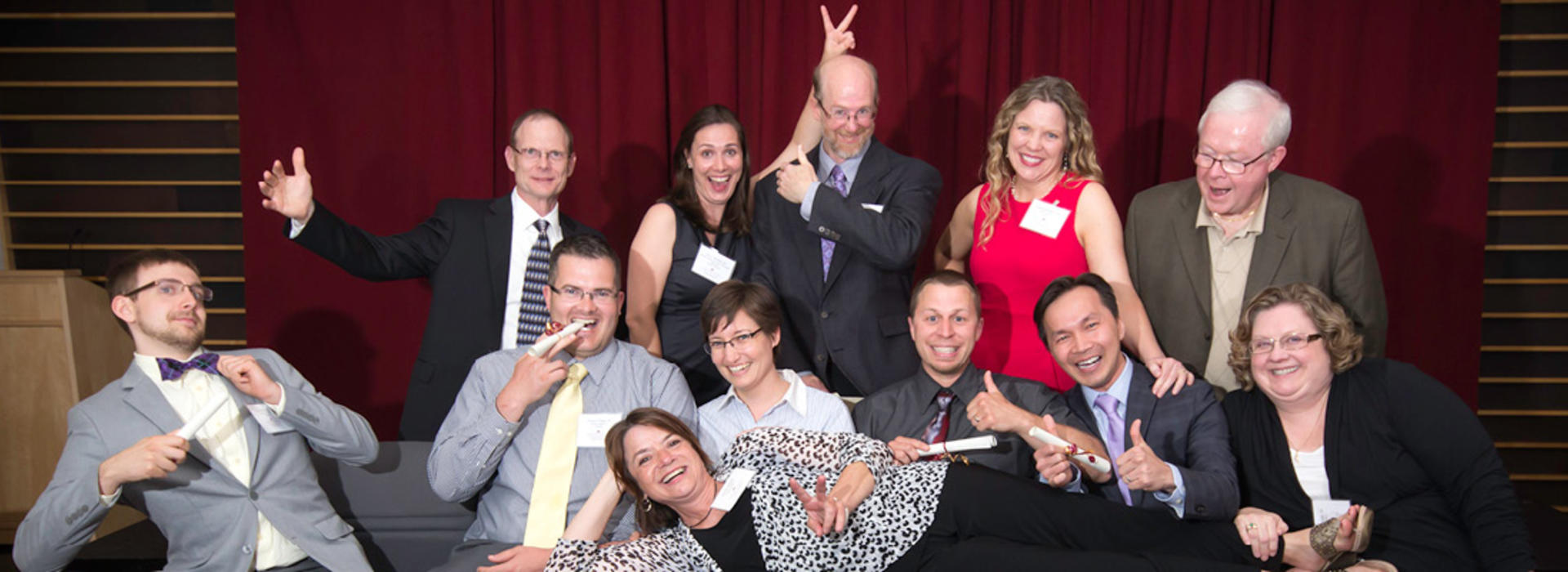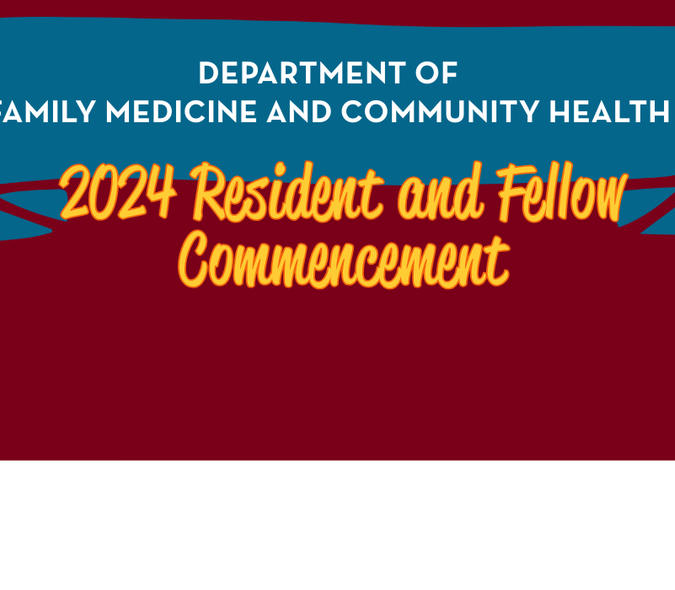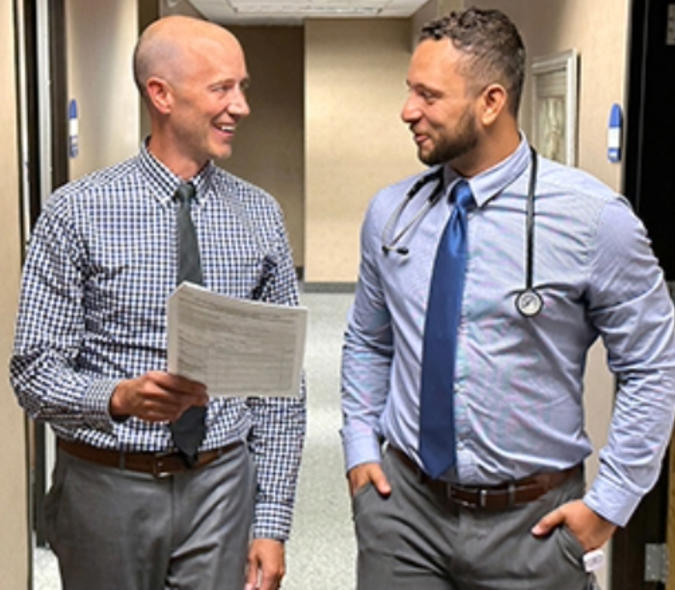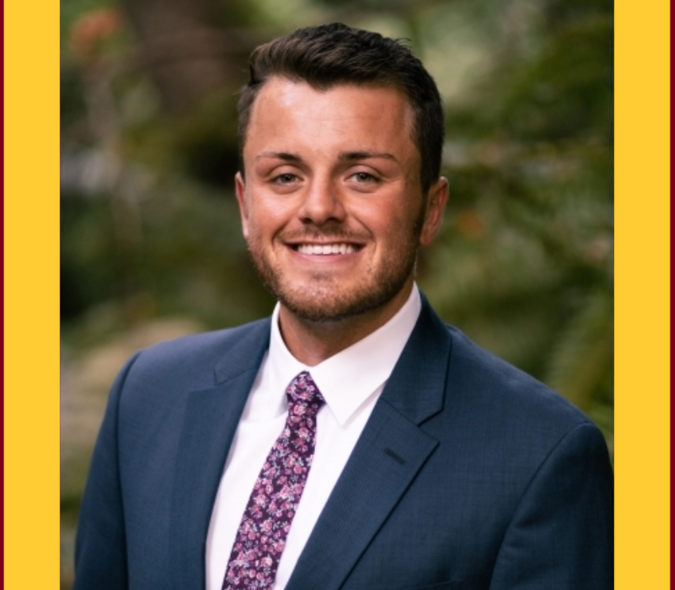
After Two Decades, Mankato Family Medicine Residency Program Moves to Mayo
After more than 20 years with the University of Minnesota, the Mankato Family Medicine Residency Program will graduate its last U of M class in June 2022. The ACGME Sponsoring Institution for the program will change from the University of Minnesota Medical School to the Mayo Clinic College of Medicine and Science effective July 1, 2022.
The change has been a long time in coming—and the program has seen its fair share of transitions over the years.
A brief history of the program
Seeing a need for family doctors in the southwestern part of the state, the U of M began the Mankato program in Waseca, Minnesota, in 1990. Ever since obtaining American Osteopathic Association approval as a residency site for DO physicians in 2007, Mankato has been a strong training site for residents interested in osteopathic medicine.
In the summer of 2005, the rural residency in the Twin Cities and Waseca officially shifted its practice center to Mankato's Eastridge clinic. From then on, residents spent all three years in Mankato, embedded in rural practice. The Sisters of St. Joseph managed the hospital until around 1996, when they decided to transfer management to Mayo.
In May 2011, the clinic became known as Mayo Clinic Health System Eastridge, while the hospital was called Mayo Clinic Health System in Mankato.
One constant throughout change: Great people
Program Director John McCabe, MD, has been with the program since its inception and has watched the evolution firsthand. He became program director in 2003.
"My favorite aspect of serving at Mankato is the people I've worked with and getting to know the residents," he said. "I think that's what drives all faculty: getting to work with the learners and all that energy they bring. They're all so bright and energetic, and watching them grow is really a gas. When I get to meet former residents, now doctors out in the community, it's fun to see them thriving and enjoying what they're doing."
As one might imagine, the transition to Mayo sponsorship has entailed a significant amount of administrative work. Dr. McCabe expresses deep appreciation for the staff, including Program Administrator Stacy Tomhave, MS, Kelly Schmidt, and Wendy Nowak, who served the program for many decades.
"I am so grateful for all the work they have been doing to make this transition as seamless as possible so that the residents can continue to learn and see patients," he said.
A spotlight on the faculty
Dr. McCabe is also quick to recognize the dedicated faculty members at Mankato: "I've had a number of wonderful faculty over the years, many of whom have been here for a long time too, so we have been really lucky that way."
Faculty Keith Stelter, MD, MMM, who also teaches for the U of M's Rural Physician Associate Program and the Metro Physician Associate Program, joined the program in 2007 and is the longest-tenured faculty member at Mankato. Drs. Stelter and McCabe were in the same residency program in Duluth.
"I most appreciated the close working relationship that the faculty have," said Dr. Stelter. "All our offices are in close proximity, which has enhanced collaboration and a sense of teamwork. They are fantastic co-workers and so dedicated to the development of great family physicians."
When it comes to the transition, Dr. Stelter believes it will be a smooth move since he and the other faculty are already practicing within a Mayo institution.
"Although I will certainly miss collaboration with U of M faculty, our program is very closely aligned with all Mayo physicians and because we practice inside a Mayo facility with other family medicine, internal medicine, and pediatric providers," he said.
"I came to work full time at the Mankato residency program in 2012," said associate program director and assistant professor Erin Westfall, DO. "Before that, I attended the program as a resident from 2006-2009 and helped with community precepting between 2009-2012, so my heart has been with the Mankato program for a very long time."
Dr. Westfall shared that she feels "so grateful for getting to work with the great Dr. Mac Baird (former head of the department) and other incredible faculty."
"They've truly challenged me to grow as an individual, both in my understanding of medicine and in my teaching," she continued. "The resources that the U of M provides for faculty and research development have definitely made me a more well-rounded academic physician. At the same time, we've been welcomed by the Mayo Clinic folks with open arms. I have always been very proud to see patients within the Mayo Clinic Health System; Mayo Clinic is a top notch organization. I'm really looking forward to using some of the techniques and skills we used for co-learning at the U of M and translating that to working with the other Mayo family medicine residencies."
Fellow Mankato faculty and Director of Behavioral Health Rosean Bishop, PhD, LP, finds the transition "bittersweet" since "both institutions are fantastic."
"Our program's residents and faculty have benefited greatly from being a part of the U of M family," she said. "Our roots are with the Department of Family Medicine and Community Health, and we will honor those roots as we move forward with our journey in joining Mayo. I am deeply grateful to the U of M, and Dr. Mac Baird in particular, for welcoming me into this unique role. The psychology faculty in the other department residency programs have been a great group of colleagues; they will be a very hard act to follow."
The reasons for the sponsorship change
Many thought the Mankato residency program would transition to Mayo Clinic academic sponsorship sooner. When Mayo stepped in to manage the hospital in Mankato, Dr. McCabe and others found it interesting since, like the U of M, Mayo also trained family medicine doctors. They have enjoyed a great relationship throughout the years.
Since about 2018, it became evident that the system-related differences in the academic systems led to persistent challenges with firewall issues and workarounds. Ultimately, leadership decided to simplify things for faculty, residents, and staff by centralizing the residency program under the Mayo system.
At the outset, the U of M and Mayo recognized that existing residents who had entered the residency in prior years wanted to graduate from a U of M program—which is why the systems rolled out the transition gradually over three years.
Gratitude for colleagues and looking ahead
"I would like to thank all of the gracious people at the U of M's Department of Family Medicine and Community Health who did so much to make this a seamless transition, including Department Head Jim Pacala, MD, MS; Vice Chair for Education Shailey Prasad, MBBS, MPH; Education Manager Melissa Stevens, MA; and many others," said Dr. McCabe.
"Over the years, we've had excellent leadership going back to when the program first started out, such as when I was first here with Dr. Bill Jacott. Dr. Mac Baird had a lot to do with our moving from Waseca to Mankato and helping us get set up here. And then Dr. Pacala has also been very supportive throughout our transition as well.
"We'll miss everybody, but we'll see former colleagues at events like the AAFP National Conference in July. We're all family medicine, after all. We're leaving a really stellar group with the U of M, but we're joining a great group at Mayo."
As he reflected on this change and the talented people driving it, Dr. Pacala had this to say:
"The department's Mankato residency program (formerly known as the Waseca residency), has been a critical part of the workforce and academic mission of the University of Minnesota for decades, providing invaluable service to communities in southwest Minnesota. We give our thanks and send along our best wishes for the future to the program's residents, and also its excellent faculty, including Drs. Westfall, Bishop, Genewick, Jeske, and Stelter. Special thanks goes to Dr. John McCabe, who has provided steady and outstanding leadership for the program. We wish the very best for the future of the program as it transitions to the Mayo system."



